No products in the cart.
Printing Paper
Original price was: KSh 1,000.00.KSh 700.00Current price is: KSh 700.00.
In stock
- Weights: Ranges from 60-300 GSM depending on use, from light office printing to heavy-duty card printing.
- Finishes: Matte, glossy, satin, or textured surfaces for different printing results.
- Sizes: Common sizes include A4, Letter, A3, and custom sizes for larger prints.
- Brightness: Higher brightness for sharper text and images; 80-100+ brightness scales.
- Special Features: Acid-free
Printing Paper
Printing paper is a specialized type of paper used in printers to transfer text, images, and graphics from a digital file onto a physical medium. It is one of the most essential consumables in printing, and its quality can significantly affect the outcome of print jobs. From basic office use to high-end photographic printing, printing paper comes in a variety of weights, finishes, and sizes to accommodate different printing needs.
Key Characteristics of Printing Paper
1. Paper Type
Printing paper is available in a range of types, each tailored to specific uses. Some of the most common types include:
- Copy Paper / Multipurpose Paper:
- Use: Ideal for everyday office printing tasks like text documents, emails, and drafts.
- Weight: Typically weighs between 70-90 GSM (grams per square meter).
- Finish: Usually has a smooth, matte finish that is suitable for inkjet or laser printing.
- Color: Generally white, but available in different shades like off-white, bright white, or pastel tones.
- Photo Paper:
- Use: Designed specifically for printing high-quality photos with inkjet printers.
- Weight: Typically ranges from 170-300 GSM for glossy or satin finishes.
- Finish: Available in glossy, satin, or matte finishes, depending on the desired output. Glossy photo paper provides vibrant colors and sharp detail, while matte gives a more subdued, professional look.
- Coating: Often coated with a special material that helps ink dry quickly and absorb evenly for better image quality.
- Cardstock:
- Use: Heavier paper used for business cards, invitations, greeting cards, brochures, and presentations.
- Weight: Generally ranges from 150-300 GSM (heavier than standard copy paper).
- Finish: Can be smooth, textured, or glossy.
- Durability: Sturdier and more rigid than standard paper, offering greater support for printing on both sides.
- Transparency Film:
- Use: Designed for overhead projectors, it is a clear, plastic-based paper that allows light to pass through for projection.
- Weight: Usually around 120-160 GSM.
- Finish: Glossy or matte, allowing for ink or toner to adhere to its surface.
- Recycled Paper:
- Use: An eco-friendly alternative made from recycled materials.
- Weight and Finish: Similar to standard copy paper but made using recycled pulp.
- Sustainability: Often contains visible fibers and a slightly rougher texture, reflecting its environmental benefits.
2. Paper Weight
The weight of paper refers to its density or thickness, typically measured in grams per square meter (GSM). The weight affects how the paper feels and performs in printers. Some common weights include:
- Lightweight (60-80 GSM): Best for standard document printing like reports, emails, and internal communications.
- Standard (80-100 GSM): Ideal for most everyday printing tasks, including printing documents, presentations, and forms.
- Heavyweight (120-200 GSM): Suitable for premium documents, brochures, or marketing materials.
- Cardstock (>200 GSM): Used for printing on rigid media such as business cards, invitations, and premium print products.
The weight of the paper impacts how the printer handles it. Lighter papers are easier to handle and more cost-effective, while heavier papers provide a professional finish for presentations and marketing materials.
3. Paper Finish
The finish or texture of printing paper plays an important role in how printed images and text appear. The most common finishes are:
- Matte Finish:
- A non-glossy surface that provides a smooth, soft feel. Matte paper is less reflective and often preferred for business documents or professional reports.
- Glossy Finish:
- Highly reflective, this finish produces vibrant colors and sharp images, making it ideal for photo printing. Glossy paper is often used for brochures, flyers, and marketing materials.
- Satin Finish:
- A subtle mix between matte and glossy, satin paper provides a smooth finish with less shine than glossy paper, offering a professional appearance without the high gloss.
- Textured Finish:
- Features patterns or textures (e.g., linen, laid, or woven) that add tactile interest and are often used for invitations, greeting cards, and fine stationery.
4. Brightness and Whiteness
- Brightness refers to how much light the paper reflects. The higher the brightness, the whiter and sharper the printed output will appear. Paper brightness typically ranges from 80 to 100+ (the higher the number, the brighter the paper).
- Whiteness refers to the color tone of the paper. While brightness measures how light is reflected, whiteness refers to how close the paper is to true white (influenced by chemical treatments). Paper with a blue-white tone tends to make printed colors appear more vivid.
5. Paper Size
Paper is available in a variety of standard sizes, including:
- A4 (210 x 297 mm): The most commonly used paper size worldwide, especially for business and office printing.
- Letter (8.5 x 11 inches): Common in North America.
- A3 (297 x 420 mm): Often used for large-format prints, posters, and technical drawings.
- Legal (8.5 x 14 inches): Typically used for legal documents in the U.S.
- Custom Sizes: Many printers support custom-sized paper, particularly for printing large-format materials like banners, posters, and presentations.
6. Special Features and Additives
Some printing papers may have special coatings or additives to improve print quality, durability, or specific performance characteristics, including:
- Coated Paper: Paper that has been coated with a thin layer of material (usually clay) to create a smooth, glossy, or matte finish. Coated papers are used for photo prints, brochures, and marketing materials to enhance color richness and sharpness.
- Acid-Free Paper: Paper that has a neutral pH level and is free from acidic materials. This type of paper is ideal for archival purposes as it resists yellowing and degradation over time.
- Watermark Paper: A paper that has an embedded design or pattern (called a watermark) visible when held up to light. It’s often used for high-end stationery, legal documents, or certificates.
- Pre-Perforated Paper: Used for printing tickets, coupons, or forms that need to be torn apart, with perforated lines built into the paper for easy separation.
Choosing the Right Printing Paper
Selecting the appropriate paper depends on several factors:
- Printer Compatibility:
- Inkjet Printers work best with inkjet-specific papers, which are often coated for better ink absorption and image clarity.
- Laser Printers are designed for dry toner-based printing and work well with uncoated papers that can withstand the high heat of the laser printing process.
- Printing Purpose:
- For everyday printing (text documents, memos, etc.), standard copy paper or multipurpose paper works best.
- For professional presentations or marketing materials, opt for heavier cardstock or premium glossy paper to make a better impression.
- For photos, choose photo paper that is compatible with your inkjet printer to achieve vibrant and sharp images.
- Cost and Quantity:
- For large-volume printing, economy multipurpose paper is the most affordable option, whereas for premium output (photos, business cards), you’ll need to invest in higher-quality paper, which may cost more per ream.
- Environmental Impact:
- Opting for recycled paper or paper with eco-friendly certifications (such as FSC, SFI, or PEFC) can help reduce the environmental footprint of your printing.
Printing paper plays a significant role in the overall quality and appearance of printed materials. Whether it’s standard office paper for everyday printing, high-quality photo paper for sharp, vibrant images, or heavyweight cardstock for professional business materials, choosing the right type of paper can make a big difference in your printing results. With the variety of options available in terms of weight, finish, and size, it’s important to select paper that suits your printer type and meets the specific needs of your print job.


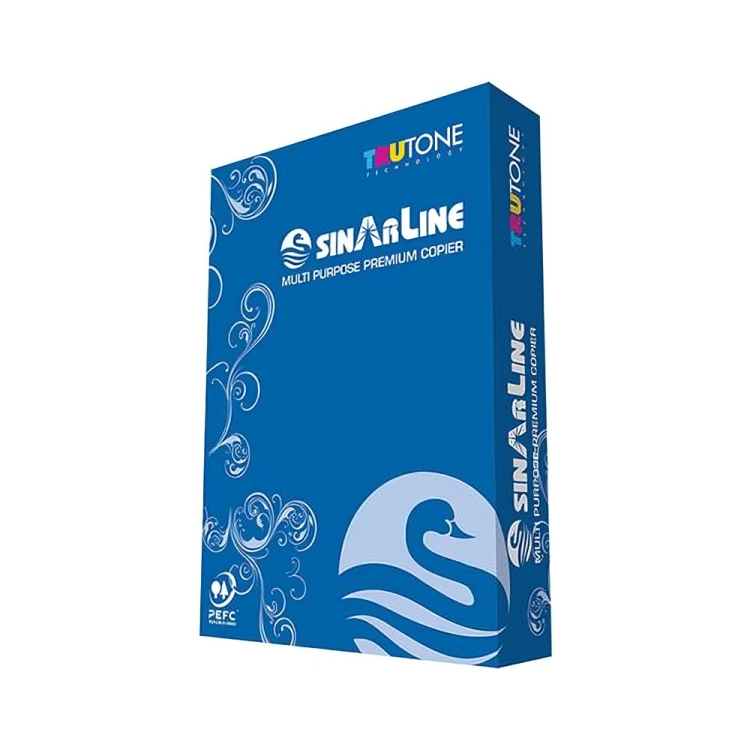
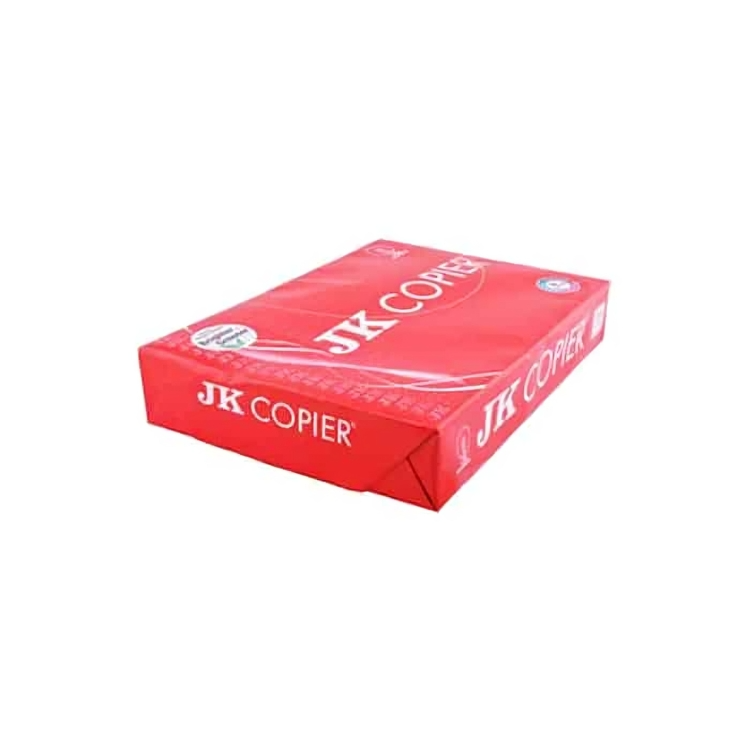
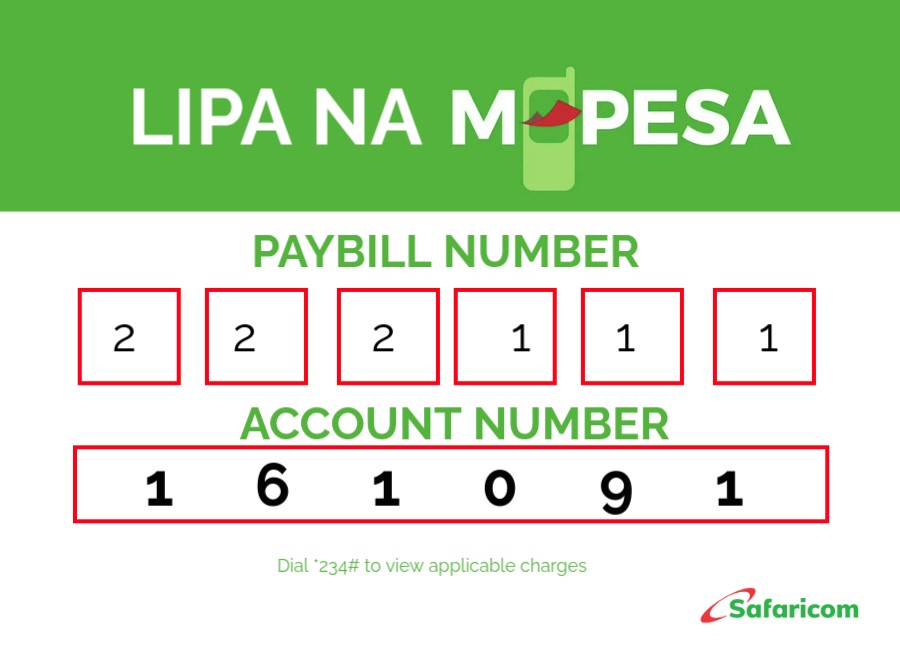
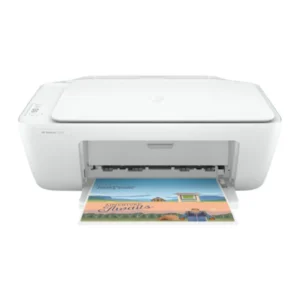
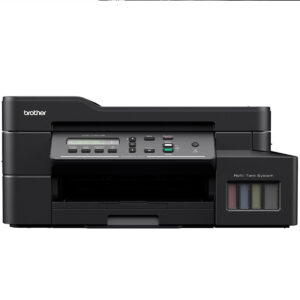
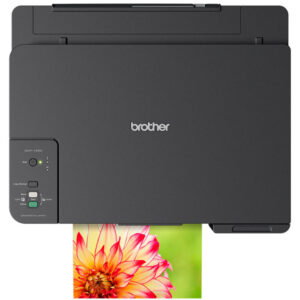
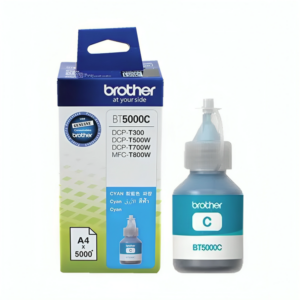
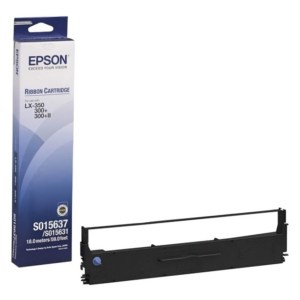
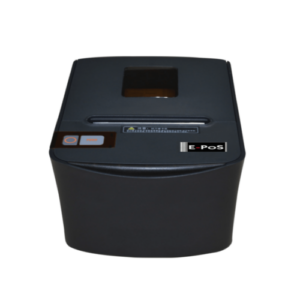
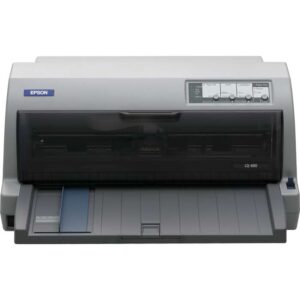
Reviews
There are no reviews yet.